Probiotic feed additives can support shrimp gut health, improve production efficiency and disease resistance
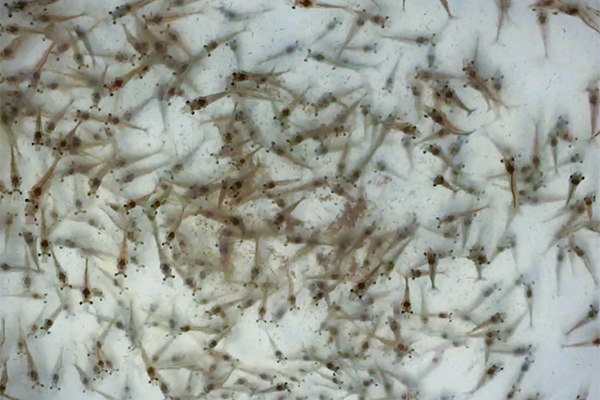
One of the main challenges that prevents the further growth of crustacean aquaculture is disease outbreaks caused by bacterial pathogens, which are generally encouraged by inadequate water quality and higher stocking densities.
Probiotics have been gaining acceptance as disease-controlling agents in aquaculture in the last few years and they can also support improved feed efficiency and growth performance of cultured animals. The effectiveness of probiotics depends on the timing, dosage, administration, species and strain. The dietary supplementations of mixed probiotic products containing Lactobacillus reuteri, Pediococcus acidilactici, Enterococcus faecium and Bacillus subtilis have previously been reported to improve the feed efficiency of shrimp, compete with the pathogenic bacterium Vibrio parahaemolyticus in intensive shrimp culture systems and increase the immune readiness of shrimp. Incorporating probiotics in reduced marine meal diets might support improved feed efficiency as well as resilience to pathogen pressures.
This article – summarized from the original publication (Gruber, C. et al. 2023. Diet-Independent Positive Effects of a Multi-Species Probiotic on the Growth Performance and Resistance against Vibrio parahaemolyticus in White Leg Shrimp. Animals 2023, 13(3), 331) – reports on research to assess the effects of the commercially available multi-species probiotic AquaStar® (a mix of live Bacillus subtilis, Enterococcus faecium, Lactobacillus reuteri and Pediococcus acidilactici) on the growth performance and resistance against V. parahaemolyticus, independent of the feed formulations.
Study setup
Two separate experiments testing either a 32 or a 15 percent marine meal diet were performed at the Biomin Aquaculture Center for Applied Nutrition (Ho Chi Minh City, Vietnam). Specific pathogen-resistant (SPR) postlarvae (PL9-10) of Pacific white shrimp (Litopenaeus vannamei) from a local hatchery were held for a 40-day acclimation period under recirculating water conditions.
Both experiments were then carried out in recirculating aquaculture system (RAS) tanks, testing the recommended supplementation level of 3 grams per kg AquaStar® at a total cell count of 1 × 109 colony forming units, CFU per gram) applied post-pelleting. In a previous study testing this probiotic, we had evaluated the amount of viable probiotic bacteria in shrimp feed two weeks after feed preparation and confirmed that they maintain their viability in the expected amount of shrimp feed.
For the first experiment, 400 shrimp (mean body weight ± standard deviation: 2.27 ± 0.01 gram) were randomly placed in 20 tanks (20 shrimp per tank). Two experimental groups were randomly assigned to the tanks: 12 replicates without probiotic supplementation (control, CON) and eight replicates with probiotic supplementation (Pro-3g) of a high marine meal diet. For the second experiment using a low marine meal diet, 240 shrimp (mean body weight ± standard deviation: 1.78 ± 0.01 gram) were also randomly stocked into 12 tanks (20 shrimp per tank) and assigned to the two experimental groups with six replicates each. Compared to the high marine meal diet, the cost of the low marine meal diet was approximately 35 percent lower.
During the feeding trials, shrimp were fed to near satiety six times per day. Feeding behavior, feed intake and mortality were recorded for each tank daily to estimate the amount of feed provided in the subsequent meals. The shrimp were weighed 56 days after feeding the experimental diets and the feed consumption during the trial period was quantified. After the 56-day feeding trial, a subsequent challenge experiment with V. parahaemolyticus was conducted.
For detailed information on the experimental design, diets and animal husbandry; sample collection and testing; results and statistical analysis, refer to the original publication.
Limited decomposition enhances PCR detection of AHPND Vibrio in shrimp
Results and discussion
Independent of the diet, the probiotic supplementation significantly increased the survival rate and the specific growth rate of the shrimp while at the same time decreasing feed consumption and feed conversion ratio when compared to the control. When the high marine meal diet was supplemented with the probiotic, body weight after eight weeks of feeding the experimental diets was on average 6 percent higher and the body weight gain was 12 percent higher than in the control.
The percentage of dead shrimp 14 days after immersion challenge with V. parahaemolyticus was significantly decreased by 13.33 percent with probiotic supplementation in the high marine meal diet experiment and numerically decreased by 11.67 percent in the low marine meal diet experiment (Fig. 1).
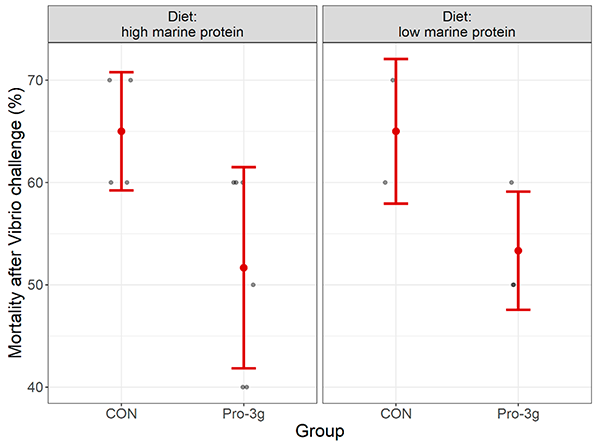
In the high marine meal experiment, we additionally examined a negative control group for the challenge, i.e., the animals only received the ammonia immersion challenge but not the V. parahaemolyticus challenge. The mortality 14 days after the ammonia immersion challenge without V. parahaemolyticus immersion was 6.67 ± 5.77 percent (mean ± standard deviation), which was significantly lower than the mortality in the group with the V. parahaemolyticus immersion (65 ± 5.48 percent, p < 0.001).
To determine the cause of death after the immersion challenge, shrimp samples were collected during the challenge trial to test for detection of Acute Hepatopancreatic Necrosis Disease (AHPND). The real-time PCR analysis did not detect AHPND in the pooled samples of shrimp sacrificed prior to the immersion challenge or in the pooled samples of shrimp that died during the experiment in the group that received only the ammonia challenge. However, the 4–5 dead shrimp sampled 3–7 days after the bacterial challenge were AHPND-positive in both experiments, indicating that the cause of mortality was the bacterial infection.
Probiotics can provide a defense against pathogens and improve shrimp growth performance, feed conversion ratio and their overall survival, and this is supported by the results of our two experiments. Using a repeatable bath immersion challenge model with V. parahaemolyticus in the experiments demonstrated that the groups supplemented with the probiotic feed additive had a more than 10 percent lower mortality two weeks after the bacterial challenge compared to the non-supplemented control group, independent of the marine meal inclusion level of the basal diet.
The findings are likely based on general mechanisms, predominantly and likely the nutritional effects of the multi-species probiotic. In both experiments, all shrimp receiving a multi-strain probiotic preparation, independent of the underlying feed formulation, showed improved survival and specific growth rates paralleled by decreased feed consumption and FCR compared to the control-fed animals. This is likely due to the nutritional effects of the probiotic supplementation and specifically the ability to improve protein usage for growth or tissue deposition.
Shrimp feed manufacturers have decreased the inclusion level of fishmeal almost by half during the last 20 years, to around 11–23 percent with a continuing downwards trend. However, replacing fishmeal with plant-based protein in shrimp feed often results in increasing mortality if the diet is not additionally supplemented with essential amino acids or other functional additives. Hence, the low survival rate in the low marine meal control group is likely due to nutrient deficiencies. Interestingly, the surviving shrimp in the low fishmeal diet with only 9 percent fishmeal had a generally good growth rate. Further advances in feed formulation are needed to increase the survival rates of shrimp on low marine meal diets.
Perspectives
The results of the two experiments demonstrate that probiotic feed additives are promising strategies to improve shrimp production and provide increased protection against V. parahaemolyticus infection, independent of the marine meal level in the diet. Incorporating probiotics in reduced marine meal diets could support improved feed efficiency as well as resilience to pathogen pressure.
Further studies are needed to clarify the contribution of each component of the probiotic mix to optimize the probiotic product formulation for low marine meal diets. And to clarify the mode of action, additional analyses to investigate gut and water microbiota, immune defense and digestibility are needed.
Now that you've reached the end of the article ...
… please consider supporting GSA’s mission to advance responsible seafood practices through education, advocacy and third-party assurances. The Advocate aims to document the evolution of responsible seafood practices and share the expansive knowledge of our vast network of contributors.
By becoming a Global Seafood Alliance member, you’re ensuring that all of the pre-competitive work we do through member benefits, resources and events can continue. Individual membership costs just $50 a year.
Not a GSA member? Join us.
Authors
-
Christina Gruber, Ph.D.
Corresponding author
DSM Animal Nutrition & Health, BIOMIN Holding GmbH, Erber Campus 1, 3131 Getzersdorf, Austria -
Dan Bui-Chau-Truc, Ph.D.
DSM Animal Nutrition & Health, BIOMIN Vietnam Co. Ltd., Aquaculture Center for Applied Nutrition, Street 11-Nong Lam University Campus, Quarter 6, Linh Trung Ward, Ho Chi Minh City 720371, Vietnam
-
Jutta C. Kesselring, Ph.D.
DSM Animal Nutrition & Health, BIOMIN Holding GmbH, Erber Campus 1, 3131 Getzersdorf, Austria
-
Ngoc Diem Nguyen, Ph.D.
DSM Animal Nutrition & Health, BIOMIN Vietnam Co. Ltd., Binh Duong Site, No. 6, Street 20, Vietnam Singapore IIA, IZ, Vinh Tan Ward, Tan Uyen 75409, Vietnam
-
Benedict Standen, Ph.D.
DSM Animal Nutrition & Health, BIOMIN Holding GmbH, Erber Campus 1, 3131 Getzersdorf, Austria
-
Silvia Wein, Ph.D.
DSM Animal Nutrition & Health, BIOMIN Holding GmbH, Erber Campus 1, 3131 Getzersdorf, Austria
Tagged With
Related Posts
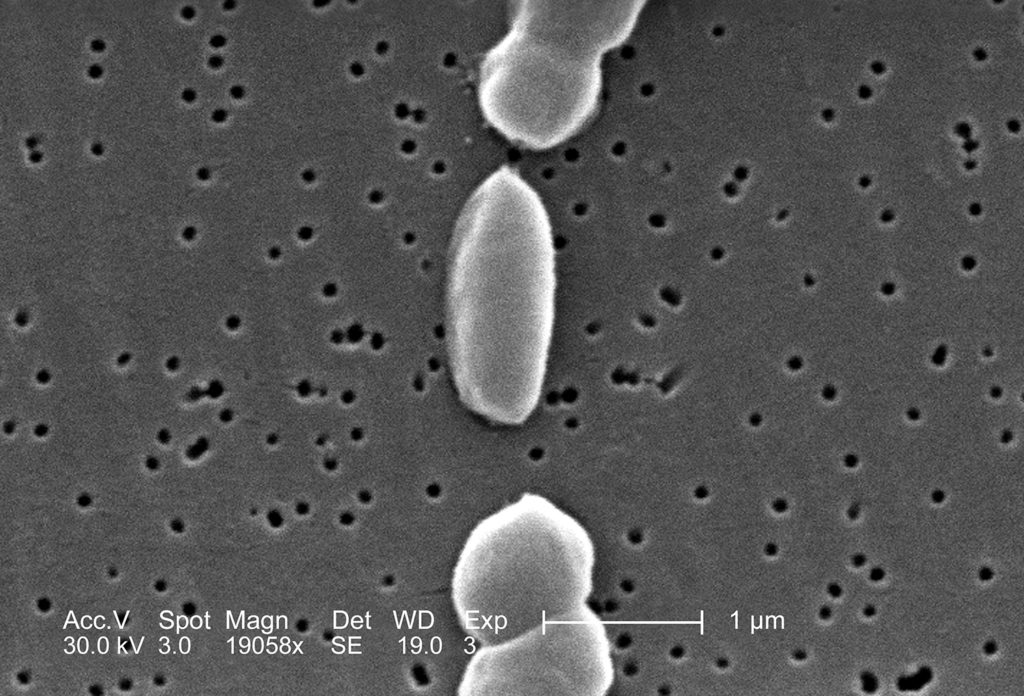
Health & Welfare
A rapid, sensitive RPA assay for detection of Vibrio parahaemolyticus in seafood
A real-time RPA method has been developed for the detection of Vibrio parahaemolyticus with high sensitivity and specificity.
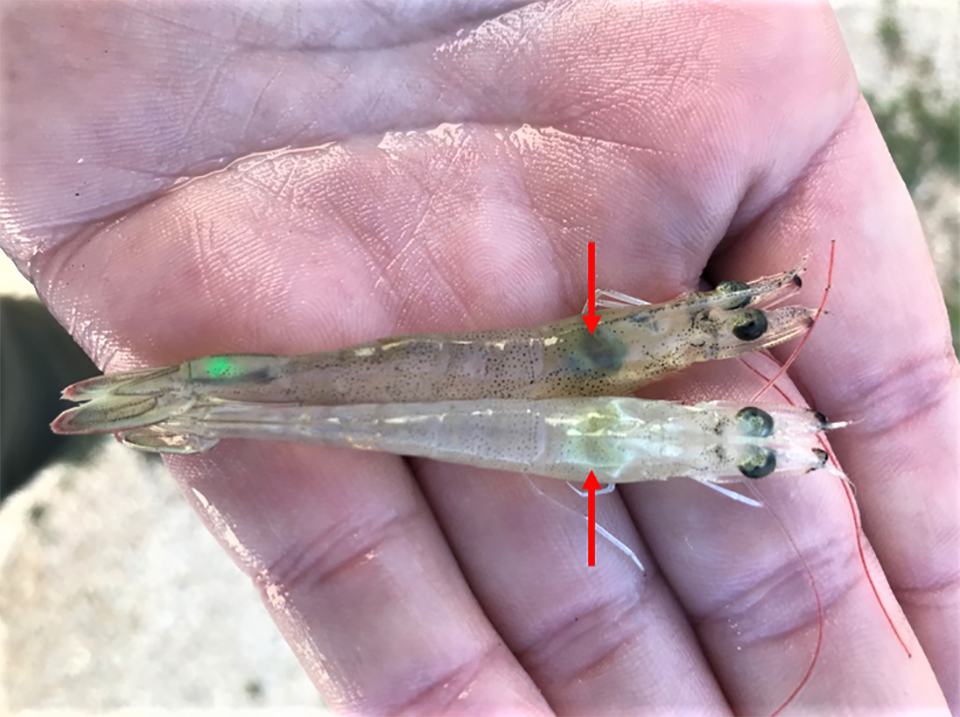
Health & Welfare
AHPND is a chronic disease in Pacific white shrimp from Latin America
There is a new phase of infection for Acute Hepatopancreatic Necrosis Disease on Latin American shrimp farms, a contrast to observations in Southeast Asia.
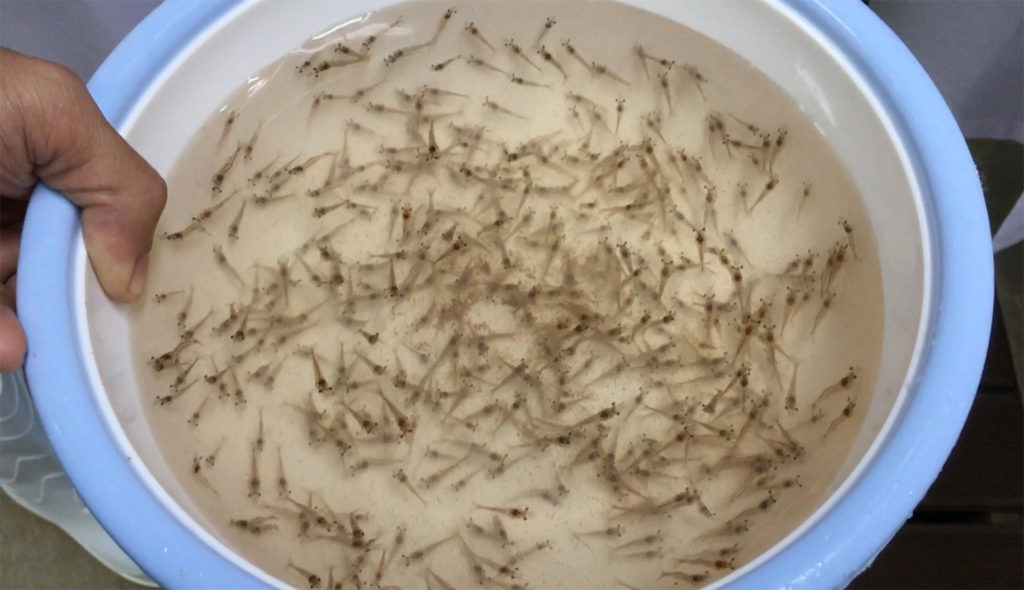
Health & Welfare
Challenging Pacific white postlarvae with AHPND
Study results indicate that P. vannamei challenged with AHPND in biofloc had higher survival rates than shrimp challenged in clear water.
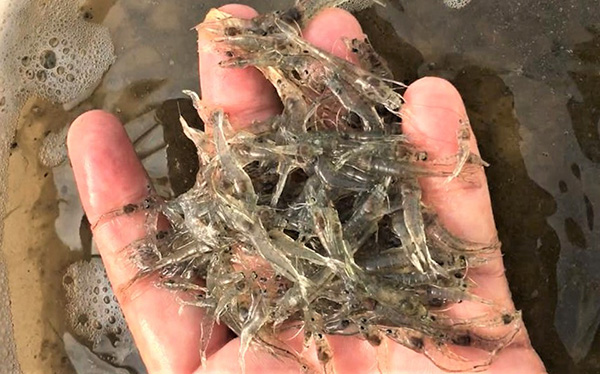
Health & Welfare
Effects of Bacillus velezensis dietary supplementation on growth and health of Pacific white shrimp
Assessing the B. velezensis BV007 supplement to promote growth, enhance immune response and modulate intestinal microbiota of L. vannamei shrimp.



